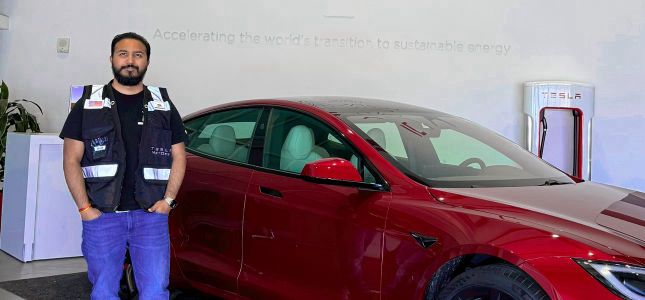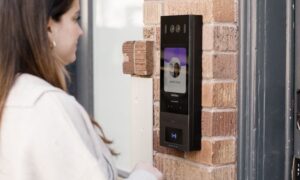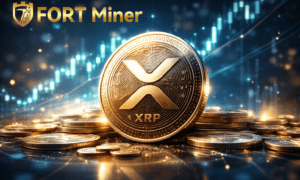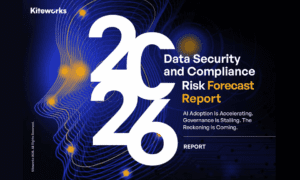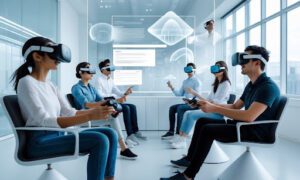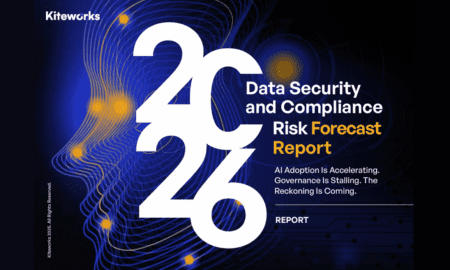The familiar rumble of engines on American highways is steadily giving way to the quieter whir of electric motors, and it isn’t hard to see why. Transportation accounts for roughly a third of U.S. greenhouse gas emissions, making electric vehicles the centerpiece of the sustainability conversation. But focusing only on the battery misses the larger story. Building the networks and infrastructure that allow EVs, chargers, and the energy grid to operate as one connected ecosystem is proving to be the bigger challenge—and promise.
Few people understand this better than Omkar Bhalekar, a Senior Network Engineer at Tesla and IEEE Senior Member. Bhalekar designs the connective tissue that makes EV adoption possible, from factory floor networks to the expansion of North America’s Supercharger system. His expertise has put him on stage at major forums, including the 2025 International Power and Sustainable Energy Technologies Conference, and a keynote at IIRD on cyber-physical and AI systems for green manufacturing. For him, the EV revolution isn’t necessarily just about the car itself, but about the systems that surround it.
EV Adoption Gains Speed
In early 2025, nearly one in ten new cars sold was electric. Automakers are racing to fill every market segment, from compact sedans to heavy-duty trucks, while federal incentives and state-level mandates accelerate demand. On the environmental side, even factoring in the carbon cost of manufacturing and production, switching to electric has cut emissions by about 70% compared with gasoline cars, a figure that will improve as more renewable power enters the grid.
Of course, little of this matters if drivers can’t reliably charge their cars. In early 2025, 374,000 new EVs hit the road in a single quarter, but only 8,850 new public charging ports came online, or about one new charger for every 42 vehicles. Meeting national targets would require installing roughly 500 chargers every day through 2030, a pace far above current levels. The math is simple: without reliable charging, consumer enthusiasm could stall, and the broader environmental benefits will see more bottlenecks from a lack of available infrastructure.
Connecting the Dots: Networking as the EV Enabler
This is where Bhalekar’s work comes into focus. Modern EVs are essentially computers on wheels: software-defined machines that require the same kind of robust networking infrastructure as data centers.
Take Tesla’s approach to over-the-air updates. Cars receive new features and efficiency improvements remotely, sometimes years after purchase. In one case, Tesla increased the Model 3’s driving range by 5 percent with nothing more than a software patch. Delivering such upgrades to hundreds of thousands of vehicles requires secure, high-capacity, intelligently managed networks.
The same logic extends to manufacturing. On Tesla’s Cybertruck production line, Bhalekar led the deployment of a spine-leaf EVPN-VXLAN fabric, typically found in hyperscale data centers. This low-latency network links robotic assembly, vision AI, SCADA systems, and edge compute clusters. When scaled across tens of thousands of vehicles, those optimizations translate into significant efficiency gains and lower carbon intensity per car.
Factories pursuing green manufacturing depend on these kinds of networks as much as on renewable energy. Predictive maintenance reduces wasted materials, smarter control systems minimize energy draw, and digital twins optimize resource planning. In Bhalekar’s words, “An electric car ends up only being as green as the ecosystem around it.”
America’s EV Infrastructure: Building the New Interstate
Once vehicles roll off the line, charging becomes the next critical piece. Bhalekar helped architect Tesla’s Supercharger expansion across North America, where networking again makes the difference. These hubs are intelligent nodes that run real-time diagnostics, enable predictive maintenance, and deliver seamless software updates. The result is a charging experience that is faster, more reliable, and easier for the customer.
The broader industry is converging around a similar model. Legacy automakers from Ford to Mercedes have adopted Tesla’s plug design, bringing a unified charging standard closer to reality. “It’s like building the interstate highway system all over again,” Bhalekar explains. Uniform standards and widespread stations reduce range anxiety for drivers, make EV ownership feel as convenient as the gas-car status quo, and enable the economies of scale that make adoption possible.
Smarter stations are also emerging: solar canopies generating on-site power, integrated battery storage to buffer the grid, and apps directing drivers to available chargers. While these benefits may sound minor, they ultimately become the backbone of the EV economy to come.
The Grid Becomes a Two-Way Street
Perhaps the most underappreciated piece of the puzzle is how EVs themselves can strengthen the grid. Concepts like vehicle-to-grid envision millions of parked EVs acting as distributed energy storage, feeding electricity back during peak demand and soaking up excess solar or wind power when supply exceeds demand. In theory, America’s growing EV fleet could function as a flexible, mobile power plant.
For this to work, the connective tissue is everything. Coordinating millions of charge and discharge events demands highly reliable, low-latency systems that can balance the interests of utilities, automakers, and consumers. Batteries may capture headlines, but without the underlying infrastructure to orchestrate them, Bhalekar says, the grid benefits will remain untapped.
Innovation for a Greener Future
The story of EVs is often told through battery capacity and range. Those metrics matter, but only a small slice of the bigger picture. The breakthroughs that will dictate adoption rates and investment opportunities are happening in the systems that tie everything together. A more efficient factory network lowers emissions across an entire fleet. Smarter charging makes ownership effortless. Grid integration turns EVs into assets for national energy security.
“You should think of every EV as a node in a larger network,” Bhalekar emphasizes. “What we’re trying to build is a connected system where these benefits can compound.”
For policymakers, investors, and entrepreneurs, the sustainable future depends on the infrastructure built around today’s breakthroughs. Strengthening that connective tissue will determine the pace of EV adoption and define the future of American industry and green manufacturing in the decades ahead.

